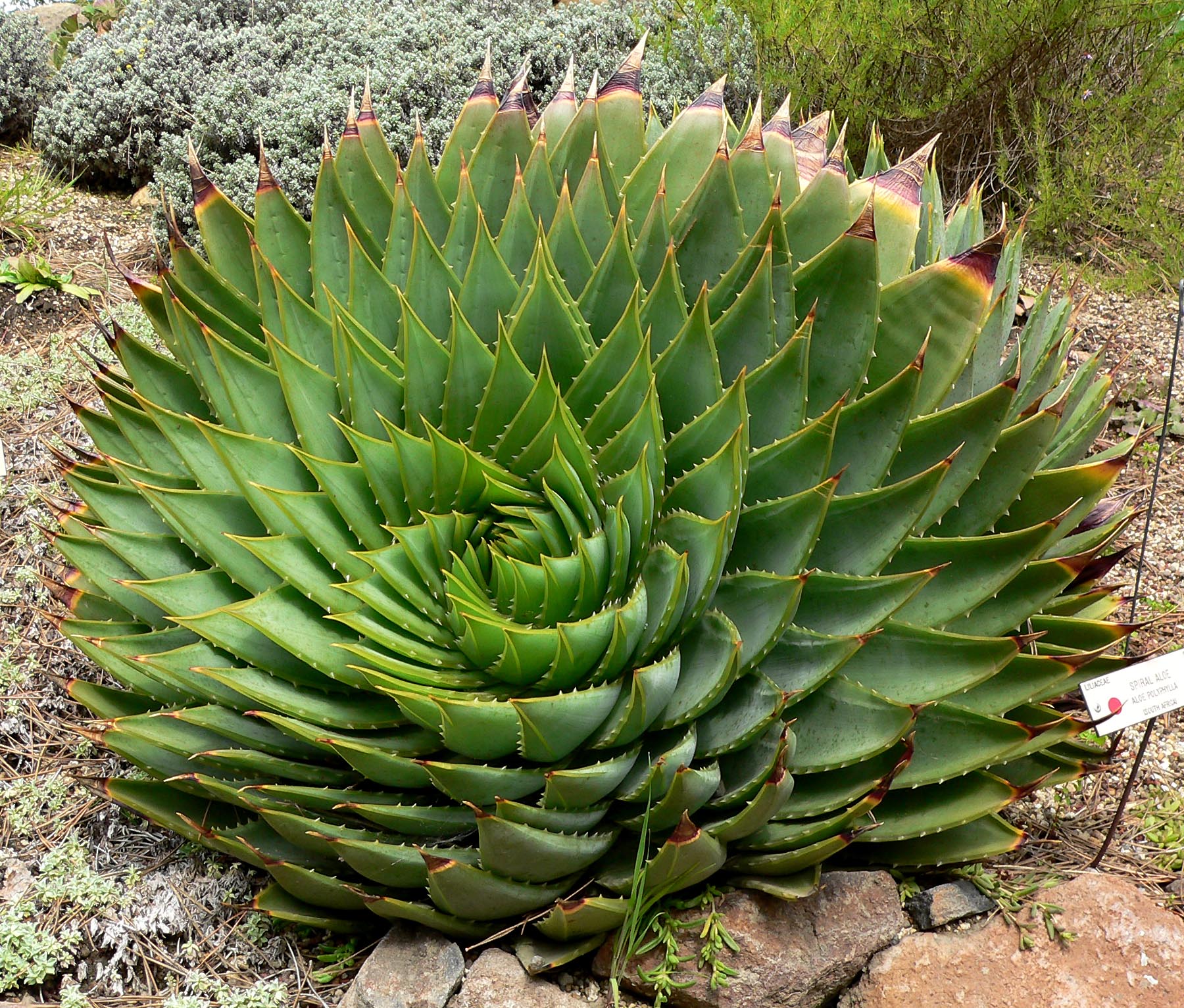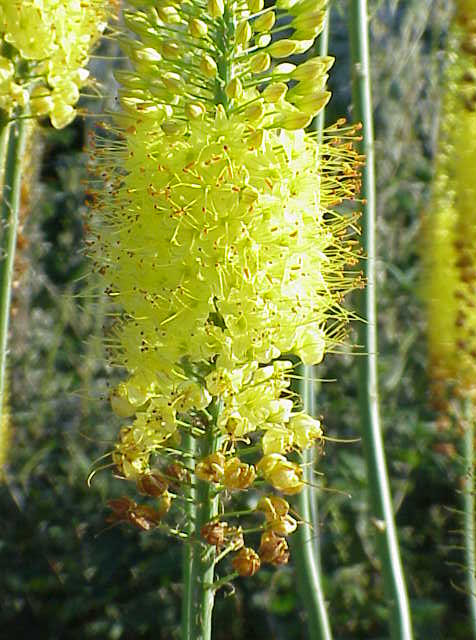|
Gasteria
''Gasteria'' is a genus of succulent plants, native to South Africa and the far south-west corner of Namibia. Naming The genus is named for its stomach-shaped flowers (''"gaster"'' is Greek for "stomach") that result from the swollen base on the corolla. Common names include ''ox-tongue'', ''cow-tongue'', ''lawyer's tongue'' and, occasionally, ''mother-in-law's tongue''. Description Gasterias are recognisable from their thick, hard, succulent "tongue-shaped" leaves. These are either in two opposite ranks (distichous), or in various distinctive spiral arrangements. Their inflorescence is also unique, with their curved, stomach-shaped flowers, which hang from inclined racemes. Distribution The species of this genus are mostly native to the Eastern Cape Province, South Africa, where the bulk of the species occur – especially in the small area between Makhanda and Uniondale which enjoys rainfall throughout the year. However, the distribution of several species extends widely ... [...More Info...] [...Related Items...] OR: [Wikipedia] [Google] [Baidu] |
Gasteria Croucheri
''Gasteria croucheri'', or Natal gasteria, is a succulent plant native to KwaZulu-Natal Province, South Africa. Description It is one of the larger Gasteria species (up to 400 by 600mm), closely related to '' Gasteria excelsa'' just to the south, and to '' Gasteria batesiana'' to the north. It has smooth, thick, straight leaves. These are dark grey-green, and lightly spotted (though juvenile plants sometimes have some rough tubercles). In full sun or under stress, the leaves can assume a purple colour. The leaves have hard, waxy, white margins and keels. The upper surface of the leaves are slightly concave. They are lanceolate and trigonous, with a point that is rounded but with a tiny spike. Juvenile plants have distichous leaves (their flat leaves in two opposite ranks) but adult plants form an erect rosette, with thick, sharp, keeled leaves. The tall inflorescence appears at the beginning of summer. Distribution This species occurs mainly in KwaZulu-Natal Province as far n ... [...More Info...] [...Related Items...] OR: [Wikipedia] [Google] [Baidu] |
Gasteria Batesiana
''Gasteria batesiana'', or knoppies gasteria, is a species of succulent plant native to the inland escarpment in the far north-east of South Africa. Description This relatively small, variable species of ''Gasteria'' has rough, pointed leaves, that eventually form a Rosette (botany), rosette (though leaves in seedlings are distichous as with all Gasterias). The mottled leaves usually have a strong keel, meaning that they are triangular in cross-section. They also have many tiny white spots, which occur in bands, giving a faint row of stripes on the leaves surfaces. It is closely related to the Natal gasteria (''Gasteria croucheri''), which occurs just to the south in KwaZulu-Natal. The distinctive variety of ''Gasteria batesiana'' which seems to be transitional between these two species, is now considered as a separate (though transitional) species in its own right, ''Gasteria tukhelensis''. Distribution It is the most northerly of all ''Gasteria'' species, occurring from no ... [...More Info...] [...Related Items...] OR: [Wikipedia] [Google] [Baidu] |
Haworthia
''Haworthia'' is a large genus of small succulent plants endemic to Southern Africa (Mozambique, Namibia, Lesotho, Eswatini and South Africa). Like aloes and gasteria they are members of the Family (biology), subfamily Asphodeloideae and they generally resemble miniature aloes, except in their flowers, which are distinctive in appearance. They are popular garden and container plants. These plants were discovered by Henri Auguste Duval (1777-1814) in 1809. The genus name is derived from Adrian Hardy Haworth, Adrian Hardy Haworth’s (1767-1833) name, a botanist and avid succulent collector. Description and characteristics ''Haworthias'' are small succulent plants, forming rosettes of leaves from to exceptionally in diameter, depending on the species. These rosettes are usually stemless but in some species stems reach up to . The inflorescences of some species may exceed in height. The plants can grow solitary or can be clump-forming. Many species have firm, tough, fleshy l ... [...More Info...] [...Related Items...] OR: [Wikipedia] [Google] [Baidu] |
Gasteria Pillansii
''Gasteria pillansii'', the Namaqua gasteria, is succulent plant native to the arid winter-rainfall regions in the far west of South Africa and Namibia. Description This species of ''Gasteria'' has its strap-shaped leaves in two opposite rows (distichous), and is very variable in its appearance, and especially in its size. Its flowers are 25–45 mm long, with only slightly swollen bases for up to one-third of the length. In its vegetative appearance, it looks very similar to its two closest relatives, ''Gasteria disticha'' and ''Gasteria brachyphylla'' to the south, which are also distichous. However, the flowers are different, with ''G. disticha'' having smaller flowers of just 12–20 mm which have flower bases that are inflated or swollen for roughly two-thirds of the flower length. It is proliferous, offsetting from underground stolons, and can form large clumps. It has pink flowers which appear in mid-summer around December. The seeds develop in time to be ... [...More Info...] [...Related Items...] OR: [Wikipedia] [Google] [Baidu] |
Gasteria Barbae
''Gasteria'' is a genus of succulent plants, native to South Africa and the far south-west corner of Namibia. Naming The genus is named for its stomach-shaped flowers (''"gaster"'' is Greek for "stomach") that result from the swollen base on the corolla. Common names include ''ox-tongue'', ''cow-tongue'', ''lawyer's tongue'' and, occasionally, ''mother-in-law's tongue''. Description Gasterias are recognisable from their thick, hard, succulent "tongue-shaped" leaves. These are either in two opposite ranks (distichous), or in various distinctive spiral arrangements. Their inflorescence is also unique, with their curved, stomach-shaped flowers, which hang from inclined racemes. Distribution The species of this genus are mostly native to the Eastern Cape Province, South Africa, where the bulk of the species occur – especially in the small area between Makhanda and Uniondale which enjoys rainfall throughout the year. However, the distribution of several species extends widely ... [...More Info...] [...Related Items...] OR: [Wikipedia] [Google] [Baidu] |
Lebombo Mountains
The Lebombo Mountains, also called Lubombo Mountains, Rivombo Mountains (), are an , narrow range of mountains in Southern Africa. They stretch from Hluhluwe in KwaZulu-Natal in the south to Punda Maria in the Limpopo Province in South Africa in the north. Parts of the mountain range are also found in Mozambique and Eswatini. Description Geologically, the range is considered a monocline; part of a rifted volcanic margin. The Lebombo monocline was aligned with the Explora Escarpment off-shore Dronning Maud Land, Antarctica, before the break-up of Gondwana. The Lebombo monocline strikes N-S and dips to the east. It is composed of a sequence of Jurassic age volcanic rock, both basaltic lavas and rhyolitic flows and tuffs. The sequence rests on essentially horizontal Karoo Supergroup sedimentary rocks of the Kalahari Craton to the west and is overlain by Cretaceous The Cretaceous ( ) is a geological period that lasted from about 143.1 to 66 mya (unit), million years ag ... [...More Info...] [...Related Items...] OR: [Wikipedia] [Google] [Baidu] |
Distichous
In botany, phyllotaxis () or phyllotaxy is the arrangement of leaves on a plant stem. Phyllotactic spirals form a distinctive class of patterns in nature. Leaf arrangement The basic arrangements of leaves on a stem are opposite and alternate (also known as spiral). Leaves may also be whorled if several leaves arise, or appear to arise, from the same level (at the same node) on a stem. With an opposite leaf arrangement, two leaves arise from the stem at the same level (at the same node), on opposite sides of the stem. An opposite leaf pair can be thought of as a whorl of two leaves. With an alternate (spiral) pattern, each leaf arises at a different point (node) on the stem. Distichous phyllotaxis, also called "two-ranked leaf arrangement" is a special case of either opposite or alternate leaf arrangement where the leaves on a stem are arranged in two vertical columns on opposite sides of the stem. Examples include various bulbous plants such as '' Boophone''. It also ... [...More Info...] [...Related Items...] OR: [Wikipedia] [Google] [Baidu] |
Aloe
''Aloe'' (; also written ''Aloë'') is a genus containing over 650 species of flowering plant, flowering succulent plant, succulent plants.WFO (2022): Aloe L. Published on the Internet;http://www.worldfloraonline.org/taxon/wfo-4000001341. Accessed on: 06 Nov 2022 The most widely known species is ''Aloe vera'', or "true aloe". It is called this because it is cultivated as the standard source for assorted pharmaceutical purposes. Other species, such as ''Aloe ferox'', are also cultivated or harvested from the wild for similar applications. The APG IV system (2016) places the genus in the family Asphodelaceae, subfamily Asphodeloideae. Within the subfamily it may be placed in the tribe Aloeae.Stevens, P.F. (2001 onwards).Asphodelaceae. ''Angiosperm Phylogeny Website''. Retrieved 2016-06-09. In the past, it has been assigned to the family Aloaceae (now included in the Asphodeloidae) or to a broadly Circumscription (taxonomy), circumscribed family Liliaceae (the lily family). The ... [...More Info...] [...Related Items...] OR: [Wikipedia] [Google] [Baidu] |
Asphodeloideae
Asphodeloideae is a subfamily of the monocot family Asphodelaceae in the order Asparagales. It has previously been treated as a separate family, Asphodelaceae ''sensu stricto''. The family Asphodelaceae has now been proposed to be a nomen conservandum, and the proposal has been recommended for ratification in 2017. In that case, Asphodelaceae will have priority over Xanthorrhoeaceae. This is reflected in the APG IV family lists. The subfamily name is derived from the generic name of the type genus, ''Asphodelus''. Members of this group can be found growing native in coastal Southern Africa, Central and Western Europe, the Mediterranean basin, Central Asia and Australia; one genus, '' Bulbinella'', can additionally be found growing in New Zealand. The greatest diversity occurs in South Africa. Several genera, notably ''Aloe'', ''Asphodelus'', ''Gasteria'', ''Haworthia'' and '' Kniphofia'' are perhaps the best known of the family due to their use among plant collectors, botanis ... [...More Info...] [...Related Items...] OR: [Wikipedia] [Google] [Baidu] |






